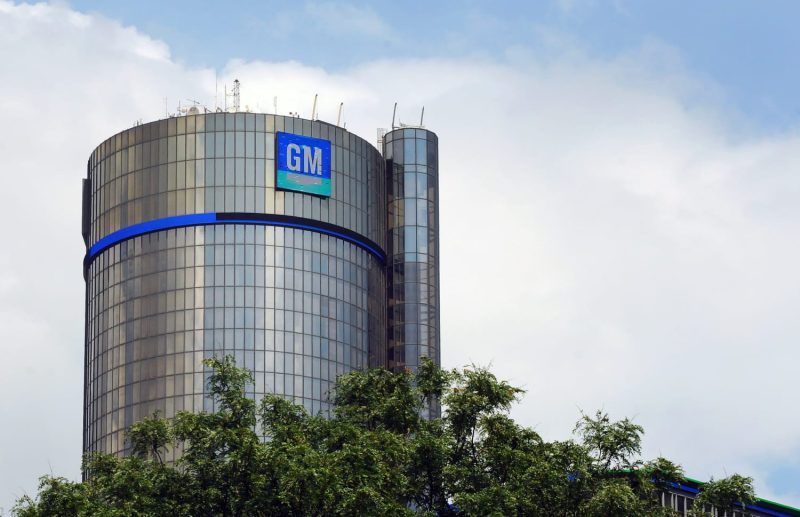
GM’s Bold Moves: 1,000 Jobs Cut as Company Streamlines Operations and Slashes Expenses
General Motors (GM) has recently made the difficult decision to lay off approximately 1,000 employees as part of its ongoing reorganization and cost-cutting efforts. This move reflects the challenges faced by the company in an ever-evolving automotive industry landscape.
The automotive industry is undergoing significant changes driven by factors such as technological advancements, shifting consumer preferences, and global economic conditions. As a result, traditional automakers like General Motors are forced to adapt to these changes to remain competitive in the market.
One of the key reasons for GM’s decision to lay off employees is the company’s focus on streamlining operations and improving efficiency. By reducing the workforce, GM aims to cut costs and reallocate resources to areas that can drive growth and innovation. While layoffs are never easy, they are sometimes necessary for a company to stay agile and sustainable in a challenging business environment.
GM’s reorganization efforts are also aimed at positioning the company for future success in an industry that is increasingly focused on electric and autonomous vehicles. By restructuring its operations and investing in cutting-edge technology, GM is preparing itself to meet the demands of tomorrow’s consumers and stay ahead of the competition.
The impact of these layoffs extends beyond the affected employees. It sends a signal to the market that GM is serious about its commitment to transformation and long-term sustainability. While layoffs may be a short-term hardship, they can pave the way for a stronger and more resilient company in the future.
GM’s decision to lay off employees is not unique in the automotive industry. Many other companies have had to downsize their workforce in response to market pressures and economic challenges. In such a dynamic environment, companies must be willing to make tough decisions to adapt to changing circumstances and secure their future viability.
In conclusion, GM’s decision to lay off employees amid reorganization and cost-cutting reflects the company’s proactive approach to addressing the challenges of a rapidly changing industry. While layoffs are always difficult, they are sometimes necessary for companies to stay competitive and position themselves for future growth. By streamlining operations and investing in innovation, GM is taking steps to ensure its long-term success in an evolving automotive landscape.
